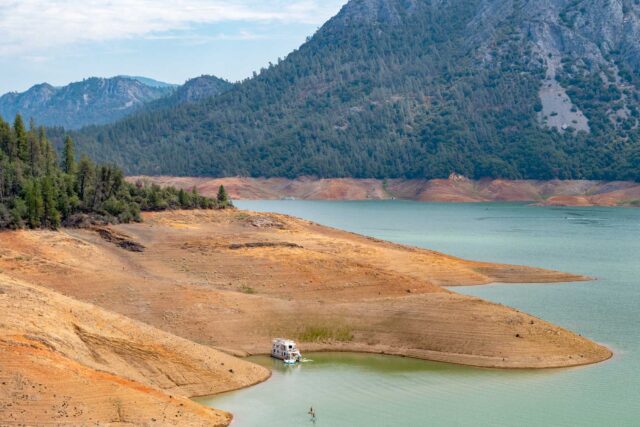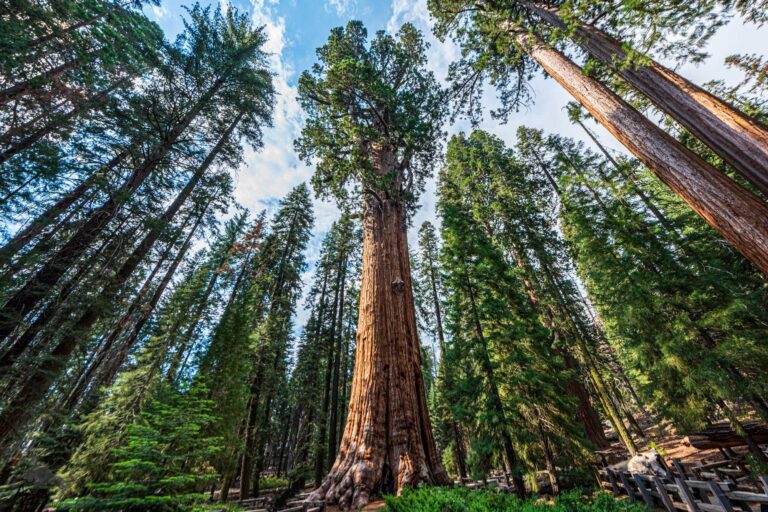UC Berkeley professor Scott Stephens, a member of the PPIC Water Policy Center research network, has spent over 30 years studying wildfire in California. He spoke with us recently about what it will take to preserve the state’s forests in an era of increasingly catastrophic wildfires.
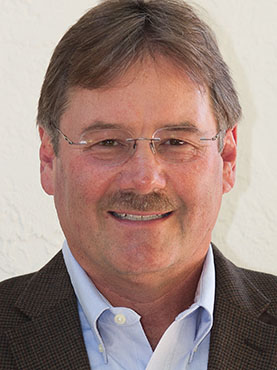
Even small fires now can pose threats to life and property. Are we in a new phase of climate change?
There’s no doubt that climate change is having an impact, but I estimate that climate change is no more than 25% of the problem. I think it’s 75% forest structure—I don’t have a paper to back that up, that’s just my intuition from working in this field for 30 years.
Drought has made fuel moisture conditions so low that sparks start new fires very efficiently. I never get worried about the size of fires, though—I get worried about what goes on inside: how much vegetation has burned severely, how much forest is dying, how big and continuous the high-severity patches are.
We’ve had areas that have seen high-severity fire three times in 20 years. There’s no way a forest is ever going to survive that. The green forest that’s still out there needs to be managed so that when it does burn, it can be conserved. I’m afraid that some of the big patches of high-severity fire like the Dixie and the North Complex are going to be shrubfields for the foreseeable future.
Vegetation is extremely dry in our third year of drought. How does this impact prescribed burns?
The drought is a problem but it’s also an opportunity. In January through March of this year, we missed a huge opportunity. We got no rain or snow, and many areas of the Sierra Nevada could have had massive prescribed burning going on—hundreds of thousands of acres—at 5,000 feet and below. In this era of climate change, we’re going to have to look for these windows and act. The problem is that we have no workforce available during these months.
Do we need something like the Civilian Conservation Corps?
I think you’re absolutely correct. A civilian workforce will be absolutely necessary, both for scale and because it’s out of sync with our fire season. In the last few years, firefighters have worked over 80 hours a week for six months. There’s no way that you’re going to ask most of them to be the restoration workforce in the other months. Most of them will tell us they need psychological and physical rest. A CCC-type thing is going to be necessary to do the restoration work.
What’s the funding picture for fuel reduction and forest management in California right now?
The state’s got an amazing amount of funding for forest management, though I wish it had started 30 years ago. I applaud the efforts of the state government.
On the federal side, the Forest Service is really struggling to get projects done on the ground. They need to hire; they’ve lost so many people for decades. But I’m afraid that if we just add more money to that system, it’s not going to be very efficient.
What is the single most important thing Californians can do to prepare for wildfire this year?
First, we need to get people better prepared for the inevitability of fire. People need to prepare their properties, choose escape routes, and decide who’s evacuating elderly folks. They can’t just look at their smartphone and ask what to do—that’s crazy. You don’t make a plan when fire’s at your doorstep.
Second, we need to better prepare California’s forested ecosystems. Restoration can help these systems accommodate stresses like climate change, fire, drought, and pests. This is critical. Restoration projects need to be on the scale of 200,000 acres or more. There’s not a single place in California where that’s happening on the ground. It makes me very worried about how we’re going to tackle these issues.
We’re in a crisis, and we know exactly what to do: research shows us that restoration treatments—including prescribed fire and thinning forests so they are more resilient to these stresses—work. The question is, can we get it done on the ground? We have no more than 10–15 years to change the trajectory—after that, we’re just going to be observers.
It’s got to be painful to know we have all the tools and see them not being used.
It is painful. I spent several days in the Castle Fire, which decimated old-growth giant sequoia—trees that were 1,200 years old. It was the saddest day of my career.
I’m still hopeful that we can do what we need. But it’s not the 70s, 80s, or 90s anymore. Climate change and drought are having an impact, but management inaction is having the biggest impact. It’s going to take decisive change.
Do you see any hint of things moving at the scale they should?
I think indigenous partnerships are one way to move this along. I’ve gotten to know a few tribal leaders, and they speak about “active stewardship.” It’s something they practiced and continue to practice today. Those two words—active stewardship—might be the way to get out of this hole.
Topics
climate change Drought forest management Forests and Fires prescribed fire Water, Land & Air wildfiresLearn More
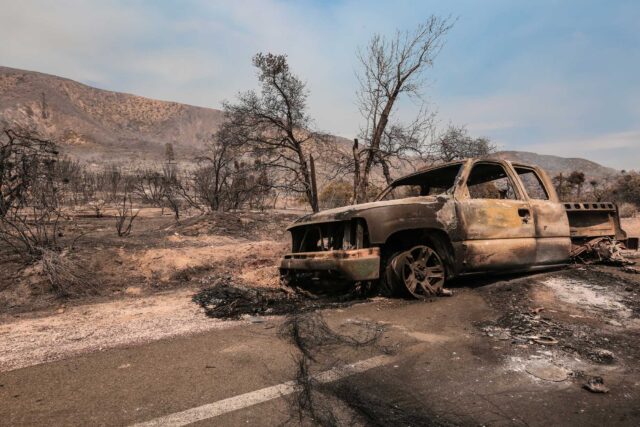
After Wildfire, How Do We Rebuild for a “Resilient Recovery”?
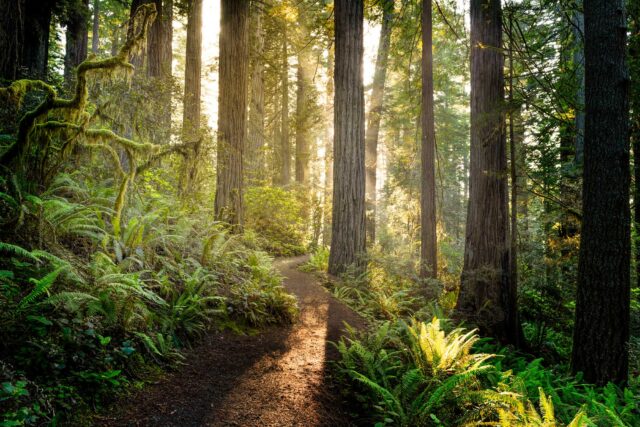
Building Capacity for Long-term Forest Stewardship
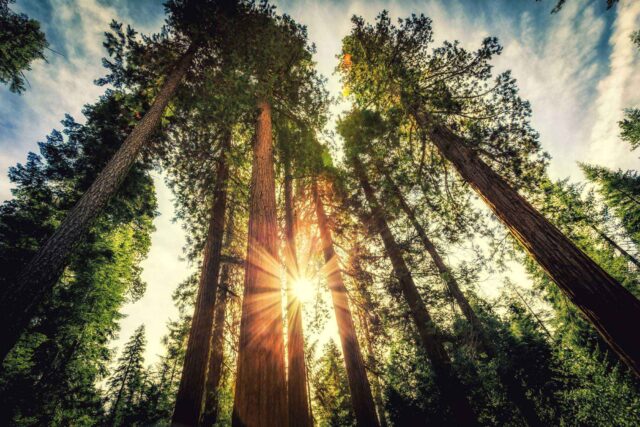
California’s 2022 Fire Season: “A Remarkably Different Year”
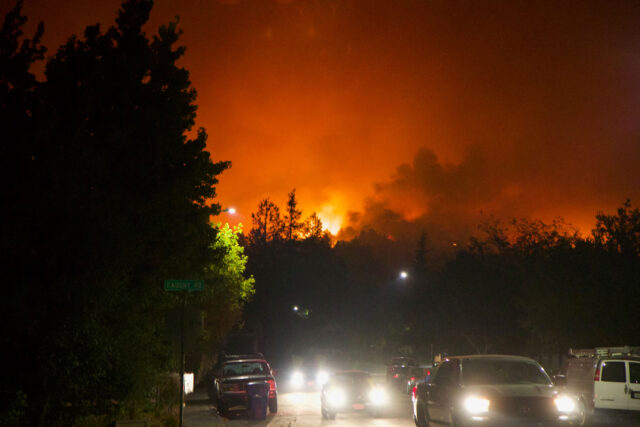
Californians Are Worried about Wildfires
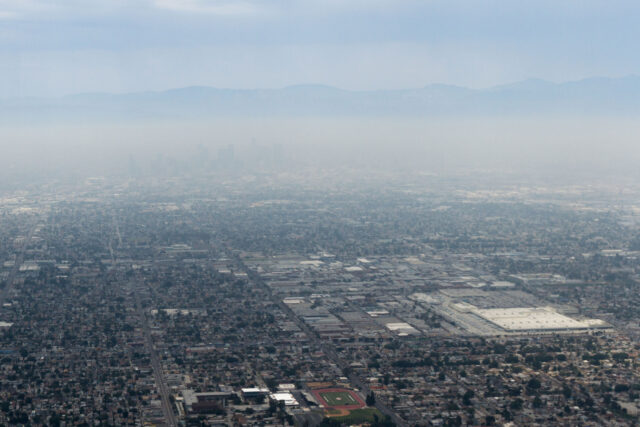
Californians See Air Pollution as a Problem and a Health Threat
